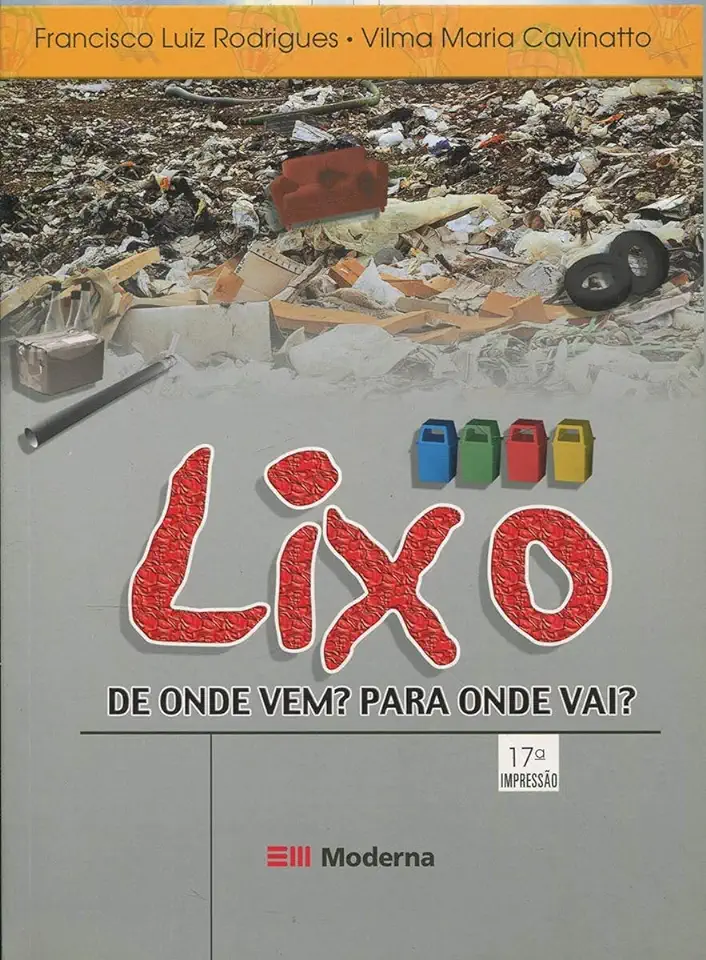
Garbage - Where Does It Come From? Where Does It Go? - Francisco Luiz Rodrigues / Vilma Maria Cavinatto
Garbage: Where Does It Come From? Where Does It Go?
Introduction
In today's world, we produce an enormous amount of garbage. In the United States alone, we generate over 250 million tons of trash each year. That's enough to fill a football field 10 stories high every day!
Where does all this garbage come from? And where does it go?
Sources of Garbage
Garbage comes from a variety of sources, including:
- Residential waste: This includes trash from our homes, such as food scraps, paper, plastic, and metal.
- Commercial waste: This includes trash from businesses, such as offices, stores, and restaurants.
- Industrial waste: This includes trash from factories and other industrial facilities.
- Agricultural waste: This includes trash from farms, such as animal manure and crop residues.
- Construction waste: This includes trash from construction and demolition projects.
The Problem with Garbage
Garbage can cause a number of problems, including:
- Pollution: Garbage can pollute our air, water, and land. When garbage is burned, it releases harmful chemicals into the air. When garbage is dumped in landfills, it can contaminate groundwater and surface water. And when garbage is littered, it can clog storm drains and waterways.
- Health problems: Garbage can also cause health problems. When garbage is not properly disposed of, it can attract pests, such as rats and flies. These pests can spread diseases, such as salmonella and E. coli.
- Climate change: Garbage can also contribute to climate change. When garbage is burned, it releases greenhouse gases into the atmosphere. These gases trap heat and cause the planet to warm.
Solutions to the Garbage Problem
There are a number of things we can do to reduce the amount of garbage we produce and to properly dispose of the garbage we do produce. These include:
- Reduce: We can reduce the amount of garbage we produce by buying less stuff, reusing items whenever possible, and recycling everything we can.
- Reuse: We can reuse items by finding new ways to use them. For example, we can use old clothes as rags or donate them to a thrift store.
- Recycle: We can recycle items by putting them in recycling bins. Recycling helps to turn old materials into new products, which reduces the need to extract raw materials from the Earth.
- Compost: We can compost organic waste, such as food scraps and yard waste. Composting helps to turn organic waste into a natural fertilizer, which can be used to improve soil quality.
- Dispose of garbage properly: We can dispose of garbage properly by putting it in trash cans or recycling bins. We should never litter.
Conclusion
Garbage is a serious problem, but it is one that we can solve. By reducing the amount of garbage we produce, reusing items whenever possible, recycling everything we can, composting organic waste, and disposing of garbage properly, we can help to protect our planet and our health.
Call to Action
If you are interested in learning more about garbage and what you can do to help reduce the problem, I encourage you to read the book "Garbage: Where Does It Come From? Where Does It Go?" by Francisco Luiz Rodrigues and Vilma Maria Cavinatto. This book is a comprehensive and well-researched look at the garbage problem, and it provides a number of practical solutions that you can put into practice in your own life.
Enjoyed the summary? Discover all the details and take your reading to the next level — [click here to view the book on Amazon!]